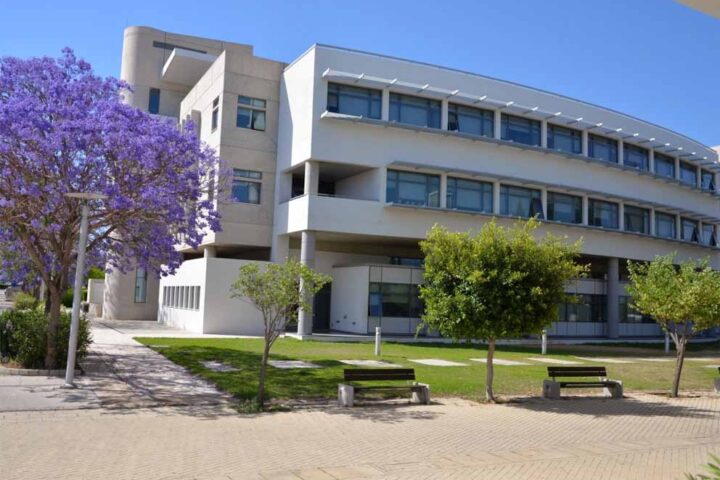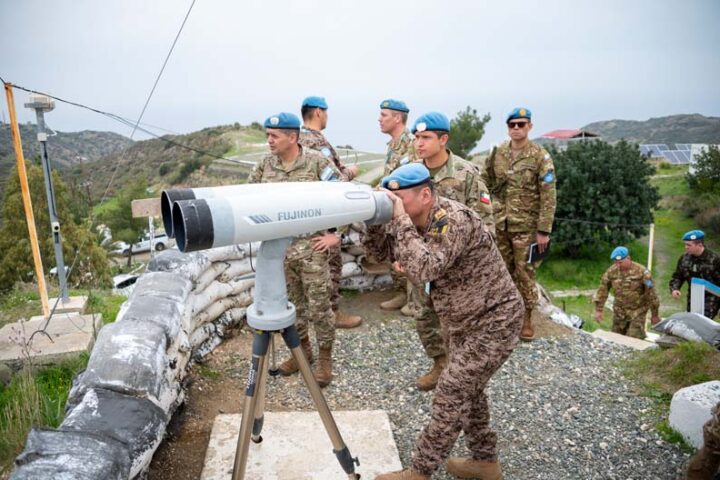The European Commission on Monday published a communication aimed at launching a debate on improving fishing capacity and effort indicators for the Common Fisheries Policy (CFP). At present, capacity is measured in terms of the gross tonnage (GT) of a vessel, and the propulsive power of its engines (kW), while fishing effort is expressed in the number of days vessels spend at sea. While the GT system for assessing overall fleet capacity is satisfactory, there are significant flaws in the current method for certifying engine power which need to be remedied. Alternatives indicators such as the type or size of gear used are discussed and the Commission proposes an action plan comprising case studies, consultation and pilot projects, to investigate this approach further.
Â
— Tonnage
Â
Under the CFP, fishing capacity is measured in terms of vessel size and engine power. These indicators are used in the exit-entry regime which ensures that the overall capacity of the EU fleet does not increase as boats are removed from and introduced into the fleet. A common definition of tonnage which applies to all vessels in all Member States was adopted in 2003, thus removing the inconsistencies which had previously existed. The Communication concludes that this definition of tonnage is satisfactory. It proposes a few minor improvements which could be made, and undertakes to simplify the existing legislation into a single regulation.
Â
— Engine power
Â
The EU currently measures engine power in terms of the propulsive power of a vessel’s main engines. Though this approach is sound in theory, it is problematic in practice, as the procedure laid down for certifying engine power is open to abuse. In addition, recent technological developments mean that the power of a vessel’s auxiliary engines – those which are used for other purposes, such as hauling nets or conserving and processing fish caught – now have a significant impact upon the quantity of fish a vessel is able to catch in a given period of time.
The Commission therefore concludes that the current definition of engine capacity is not satisfactory. Auxiliary engine power should be included in the definition, and a new system for certifying engine power should be devised. This latter task is technically very complex, and will require extensive cooperation with engine manufacturers, classification societies and the relevant authorities in the member states.
Â
— Possible alternatives
Â
The Communication also considers alternative ways of measuring capacity in terms of the type and size of the gear used, as compared to the size and power of the vessel using it. Indicators based on gear characteristics are already used by a number of Member States in managing certain fisheries where the gear used is closely defined, and the fleet and the geographical area concerned are clearly delimited. Such indicators usually rest on the ‘soak time’ during which the gear is in the water, as well as the number of hooks or pots, or the size of the nets.
This approach has both advantages and drawbacks. While it can be quite accurate, it can also be very difficult to control and enforce. The Commission concludes that for specific fisheries, gear-based indicators might well prove appropriate, and proposes an action plan to investigate this possibility further. In 2007, the Commission will draw up and analyse a number of case studies, which will serve as a basis for consultation with member states, stakeholders and scientists. The Commission will then propose that in 2008, as a pilot exercise, certain fisheries might be managed on the basis of such indicators.
Fishing effort is defined as fishing capacity multiplied by activity (i.e. time spent fishing). In the EU, fishing activity is currently measured in terms of days at sea in those fisheries where effort limitations apply. However, it is also possible that in certain fisheries, soak time might provide a more precise indicator of the actual level of activity. While the application of such indicators may pose problems for control and enforcement, the implementation of the electronic logbook recently adopted by Council should make this application easier in the future.







